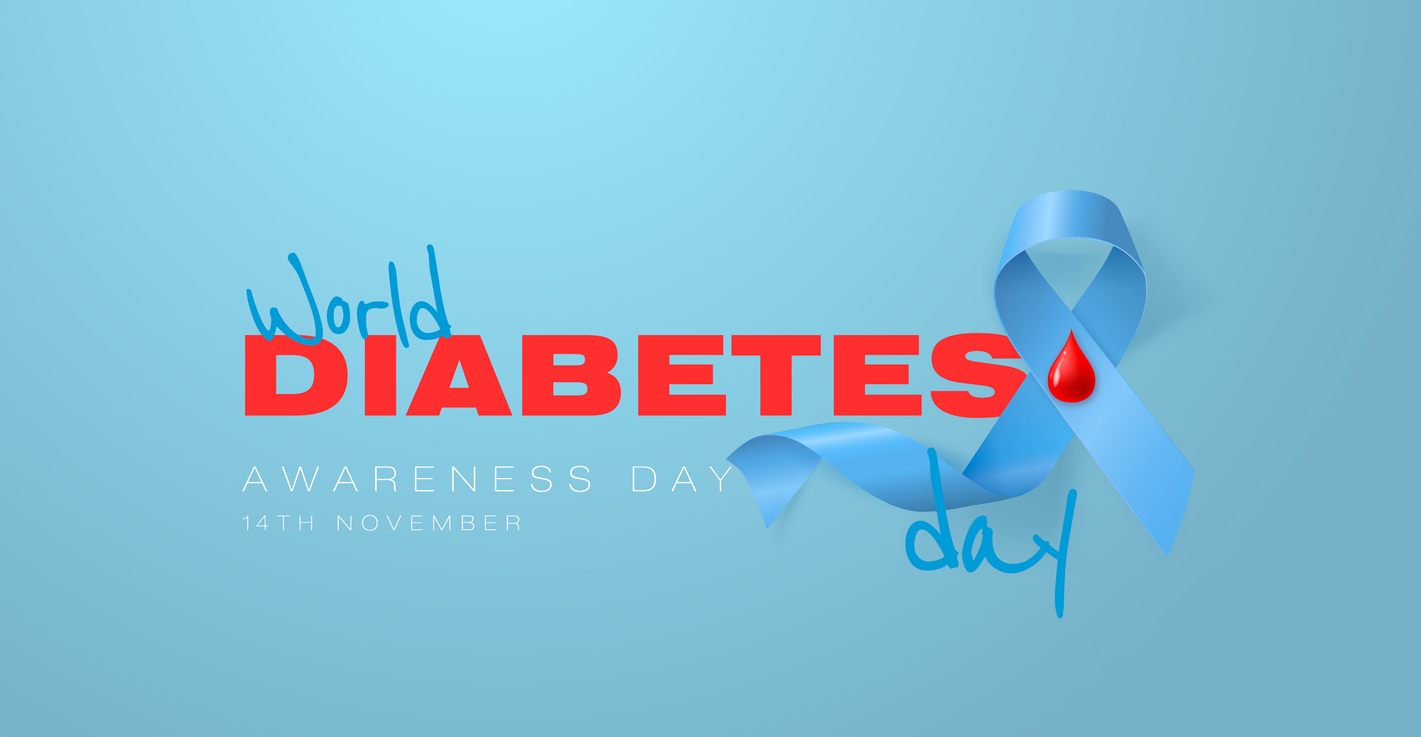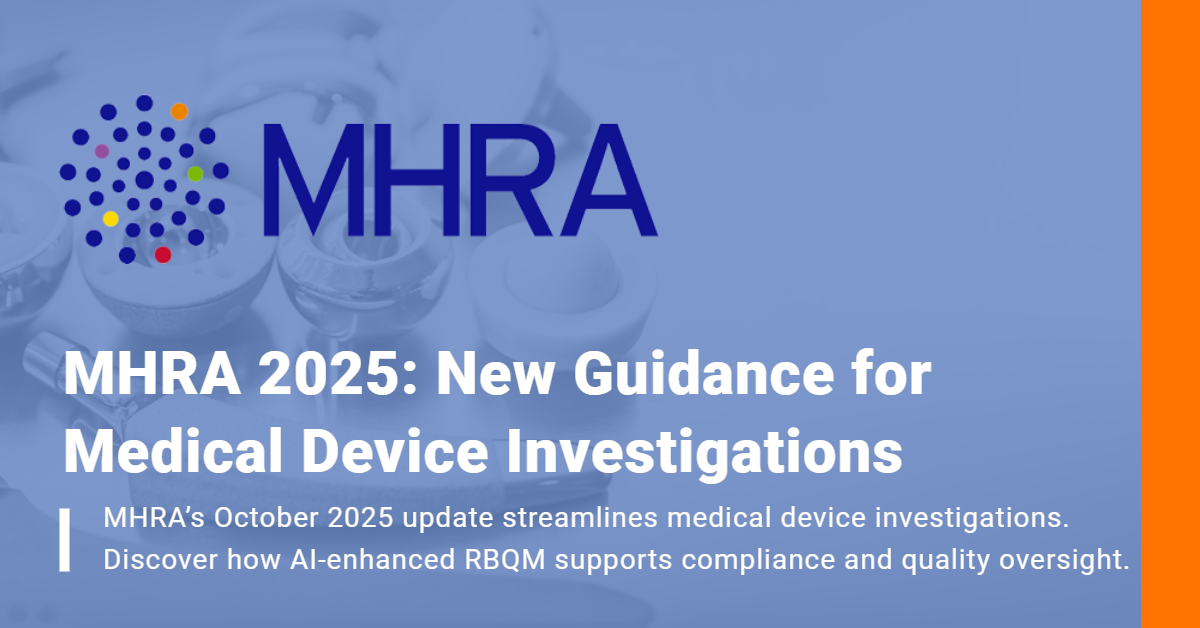Wondering how the COVID-19 pandemic has impacted clinical trials worldwide?
The COVID-19 pandemic has brought unprecedented challenges to the healthcare industry worldwide. The clinical trial sector has been no exception, and it has undergone significant changes over the past few years. From the start of the pandemic, clinical trial sponsors and investigators were forced to adapt to new health regulations, prioritizations, and restrictions to continue research safely. This article will discuss the influence of COVID-19 on clinical trials worldwide and how it has impacted the number of trials, therapeutic areas, intervention types, phases, and statuses. If you prefer exploring over reading, we invite you to check out our COVID-19: Global Impact on Clinical Trials Visualizer, an interactive clinical research data visualization app!
Number of Clinical Trials
The COVID-19 pandemic has significantly affected the number of clinical trials conducted globally. Many trials were put on hold or canceled due to travel restrictions, lockdowns, and concerns over patient safety. However, there has been an increase in the number of clinical trials initiated for COVID-19 treatments and vaccines, resulting in a significant rise in the overall number of clinical trials in 2020. According to ClinicalTrials.gov, the number of registered clinical trials increased from approximately 308,000 in 2019 to over 391,000 in 2020, a 27% increase.
Therapeutic Areas Investigated
COVID-19 has affected the distribution of therapeutic areas being investigated in clinical trials. Unsurprisingly, there has been a sharp increase in the number of trials focusing on COVID-19 vaccines and treatments. In 2020, more than 500 clinical trials were registered for COVID-19 vaccines and therapies, compared to almost none in the previous year. The pandemic also highlighted the need for treatments in respiratory and infectious diseases, leading to an increase in clinical trials in these areas. On the other hand, some therapeutic areas experienced a reduction in clinical trials, such as oncology, which experienced a 14% decrease in trials in 2020.
Intervention Types
The pandemic has also influenced the types of interventions being investigated in clinical trials. For instance, remote monitoring and telemedicine have been increasingly used to ensure the safety of patients and reduce the need for physical interactions. This shift towards virtual clinical trials has allowed for an increase in patient enrollment and retention, particularly for those who live far away from clinical trial sites or have mobility issues. Additionally, there has been a significant increase in the use of digital tools, such as wearables and mobile apps, to collect patient data, which has the potential to make clinical trials more efficient and less expensive.
Phase and Status Distribution
There has been an increase in the number of phase III and IV trials, which involve larger patient populations and a longer follow-up period. This shift towards later phases is likely due to the urgent need for treatments and vaccines for COVID-19, which require large-scale efficacy and safety trials. There has also been an increase in the number of trials in the planning phase, which is an indication of the research and development efforts that have been accelerated to address the pandemic.
Conclusion
The COVID-19 pandemic has had a significant impact on the clinical trial sector worldwide. The number of clinical trials has increased, with a particular focus on COVID-19 treatments and vaccines, as well as respiratory and infectious diseases. There has been a shift towards virtual clinical trials, with remote monitoring and digital tools becoming more prevalent. There has also been a shift towards later phases, with an increase in phase III and IV trials, and an increase in the number of trials in the planning phase. Despite the challenges posed by the pandemic, the clinical trial sector has shown resilience and adaptability, and the lessons learned from this experience will have lasting implications for the industry.
How did COVID-19 shape the industry for the future?
 COVID-19 has accelerated the adoption of new technologies and regulatory changes that are likely to continue to shape the clinical trial industry in the future. For example, the shift towards virtual clinical trials has demonstrated the potential for remote monitoring and digital tools to make clinical trials more efficient, reduce costs, and improve patient participation. The use of telemedicine and digital health technologies has also created opportunities for more patient-centered trials, as patients can participate from home and reduce the burden of travel and in-person visits. The pandemic has also highlighted the need for greater collaboration among stakeholders, such as regulators, industry, and patient groups, to improve trial design, recruitment, and data sharing.
COVID-19 has accelerated the adoption of new technologies and regulatory changes that are likely to continue to shape the clinical trial industry in the future. For example, the shift towards virtual clinical trials has demonstrated the potential for remote monitoring and digital tools to make clinical trials more efficient, reduce costs, and improve patient participation. The use of telemedicine and digital health technologies has also created opportunities for more patient-centered trials, as patients can participate from home and reduce the burden of travel and in-person visits. The pandemic has also highlighted the need for greater collaboration among stakeholders, such as regulators, industry, and patient groups, to improve trial design, recruitment, and data sharing.
Lastly, the pandemic has underscored the importance of clinical trials in advancing medical treatments and vaccines. The urgency of finding effective treatments and vaccines for COVID-19 has brought together stakeholders from across the industry to accelerate research and development efforts. This collaborative approach may lead to more streamlined regulatory processes and greater investment in research and development. Additionally, the pandemic has highlighted the need for more diverse and representative clinical trial populations to ensure the safety and efficacy of treatments and vaccines for all patients.
Do you want to check the data yourself?
If you prefer exploring over reading, we invite you to check out our COVID-19: Global Impact on Clinical Trials Visualizer app! Our interactive data visualizer allows you to easily compare the number of non-COVID-19 clinical trials to COVID-19 clinical trials from 2015 to 2022. You can filter the data by country, trial phase, trial status, and other parameters to see how the numbers change over time. Interested in other relevant clinical research data visualizations? Check out our other data visualizations here.
References
- ClinicalTrials.gov. (2021). Trends, Charts, and Maps. Retrieved March 22, 2022, from https://clinicaltrials.gov/ct2/resources/trends
- GlobalData. (2021). Clinical Trials: COVID-19 Impact Assessment. Retrieved March 22, 2022, from https://www.globaldata.com/clinical-trials-covid-19-impact-assessment/
- Tufts Center for the Study of Drug Development. (2021). Impact of COVID-19 on Clinical Trials. Retrieved March 22, 2022, from https://www.clinicalleader.com/doc/impact-of-covid-on-clinical-trials-0001
- Xie, Z., Nayak, R., Andrews, J., & Schonfeld, W. H. (2021). The Impact of COVID-19 on Clinical Trials. Drugs in R&D, 21(4), 229-235. doi: 10.1007/s40268-021-00335-0
- DeVito, N. J., Bacon, S., & Goldstein, L. (2021). Clinical Trials During the COVID-19 Pandemic: Changes You Need to Know. Drug Topics, 165(6), 22-27.
- Clinical Research News. (2021). The Long-Term Impact of COVID-19 on Clinical Trials. Retrieved March 22, 2022, from https://www.clinicalresearchnewsonline.com/news/2021/09/10/the-long-term-impact-of-covid-19-on-clinical-trials
- European Medicines Agency. (2021). The Impact of the COVID-19 Pandemic on the Conduct of Clinical Trials. Retrieved March 22, 2022, from https://www.ema.europa.eu/en/human-regulatory/research-development/impact-covid-19-conduct-clinical-trials
- Khurshid, S., Daniels, M. S., & Damp, J. B. (2021). Impact of COVID-19 on Clinical Trials and How to Adapt. American Journal of Medical Quality, 36(5), 335-341. doi: 10.1177/10628606211009047
- Ljungqvist, O., & Scott, M. (2020). Covid-19 and the Future of Clinical Trials. The Lancet Digital Health, 2(10), e585-e586. doi: 10.1016/s2589-7500(20)30221-7








